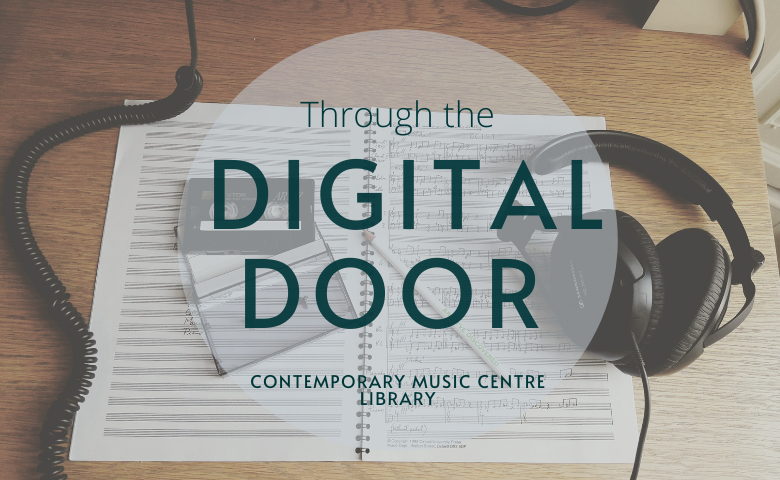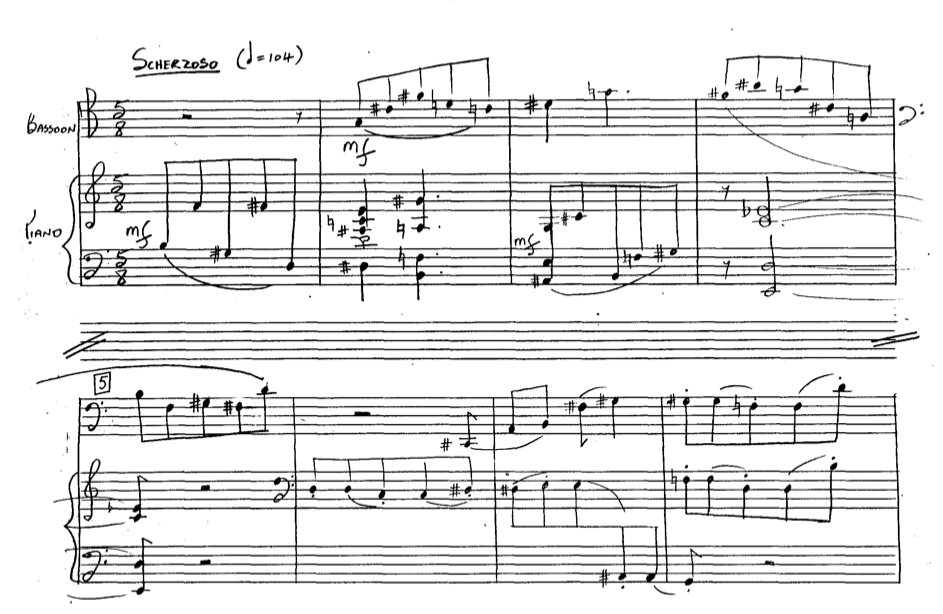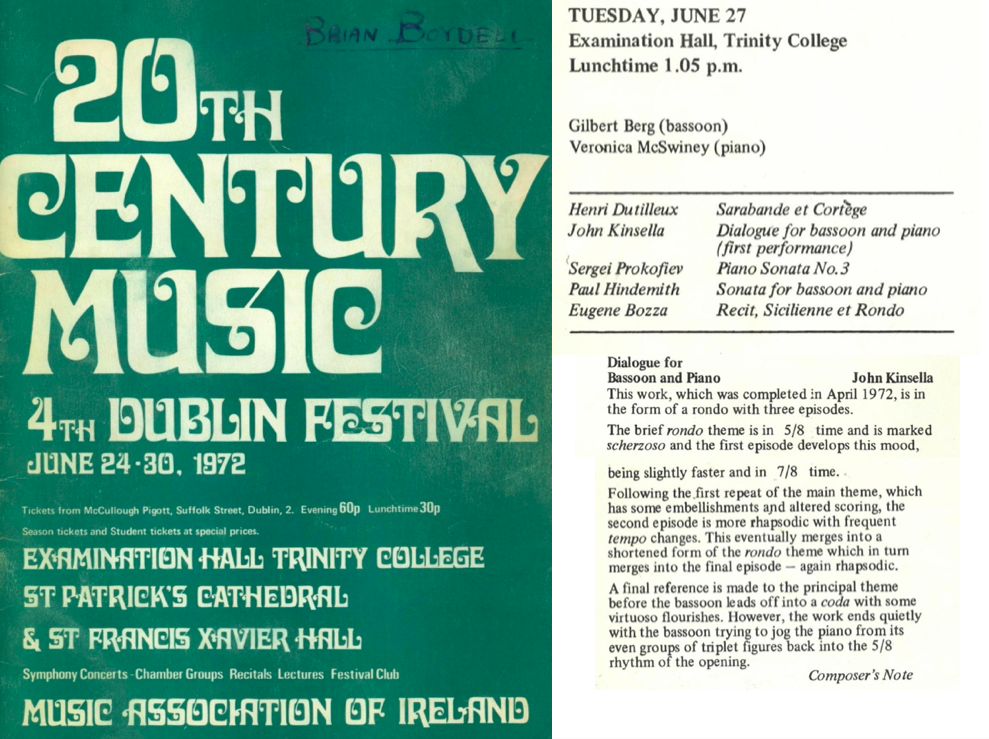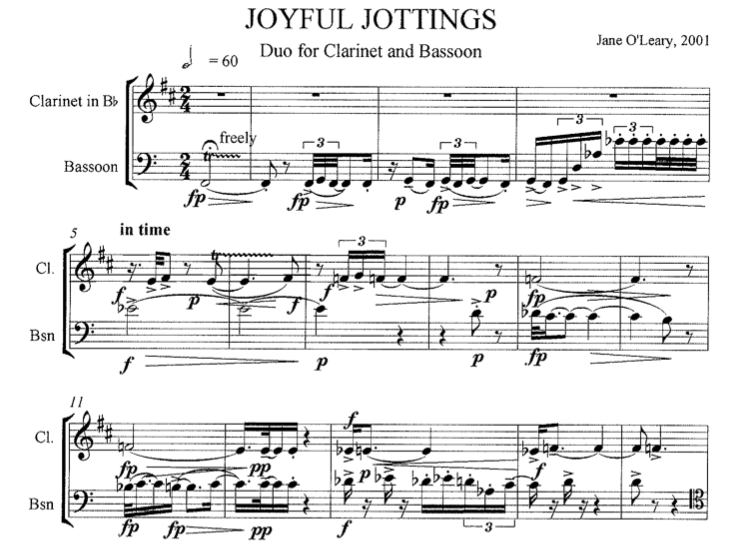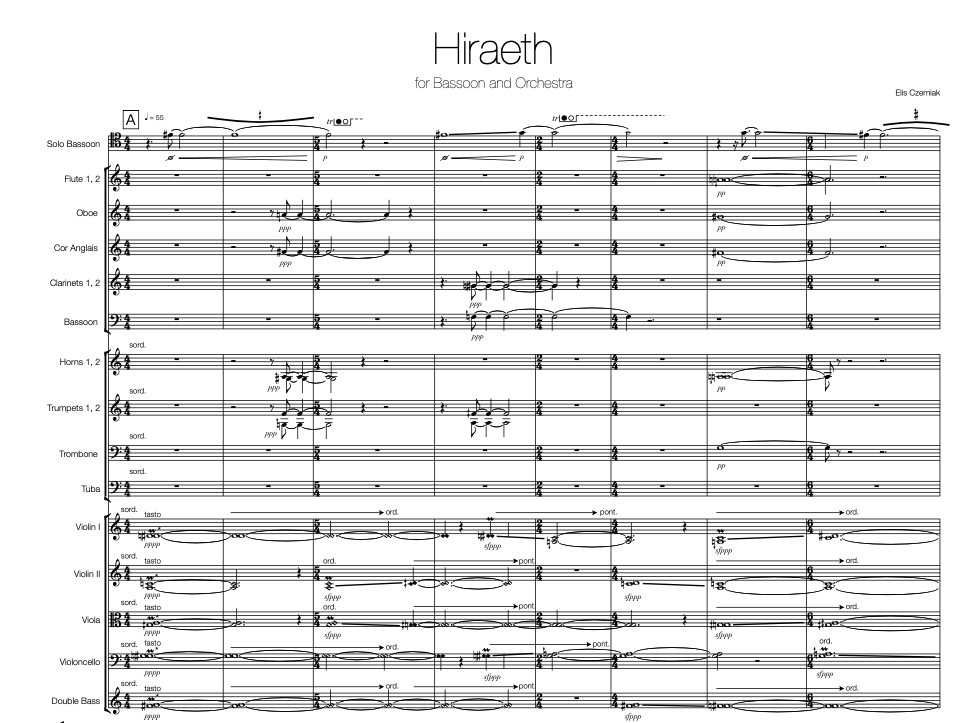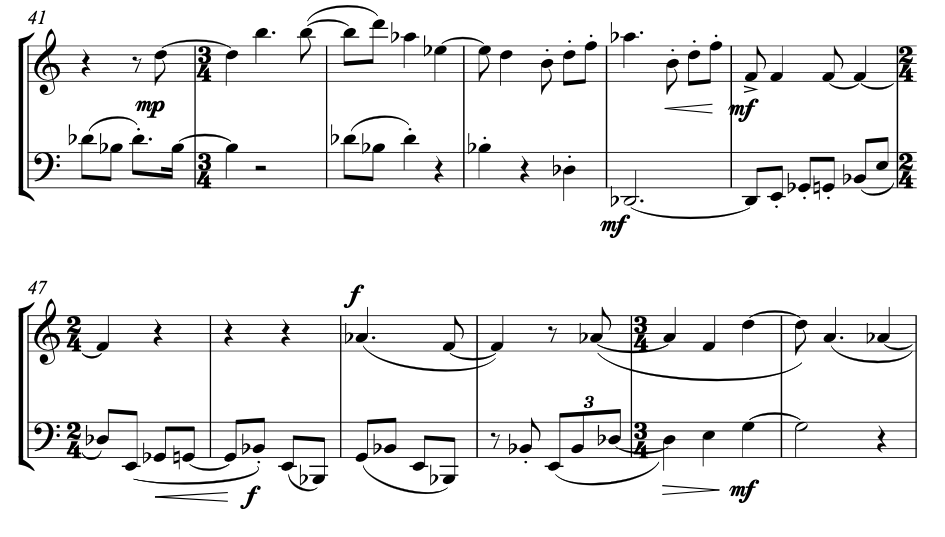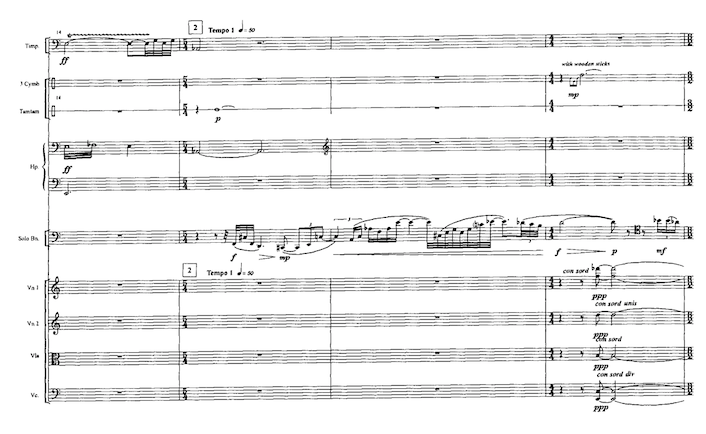Through the Digital Door: works for bassoon in CMC's Library
There are a small number of works for the bassoon in the library of the Contemporary Music Centre, including works for solo bassoon and as part of duos and chamber works. This week's Through the Digital Door explores contemporary repertoire for bassoon.
John Kinsella Dialogue for bassoon and piano (1972) 9'
This work was premiered in July 1972 by Gilbert Berg and Veronica McSwiney, as part of the Dublin Festival of Twentieth Century Music in Trinity College, Dublin.
This work, which was completed in April 1972, is in the form of a rondo with three episodes. The brief rondo these is in 5/8 time and is marked scherzoso and the first episode develops this mood, being slightly faster and in 7/8 time.
Jane O'Leary Joyful Jottings (2001) 5'
This work, for clarinet and bassoon, was composed in 2001. This work has also been arranged for a number of other combinations, including for two clarinets, clarinet and violin, and clarinet and cello.
'Joyful Jottings' was written in response to a request for a suitable duo for amateur players. I have tried to make the piece challenging yet practical, with a playful exchange of motifs between players. The listener will hear accented notes and fragments moving back and forth between the two instruments, catching the ear with a subtle change of colour. The players will jostle each other with sudden interruptions and commentaries in a relaxed conversation.
Elis Czerniak Hiraeth (2015) 17'
This work, for bassoon and chamber orchestra, was commissioned and premiered by Co-Orch Dublin on 26 February 2015. The composer describes the piece as 'primarily an exploration of sound and colour.' The score gives a definition for the title of the work:
hiraeth (n.) a homesickness for a home to which you cannot return, a home which maybe never was; the nostalgia, the yearning, the grief for the lost places of your past.
Mary Kelly The Wood Duck and the Mallard (2018) 2'
This work, for oboe and bassoon, depicts a visiting wood-duck which the composer saw at the pond in Marley Park in 2018.
The visitor took a fancy to one of the mallards and vigorously kept all opposition at bay. The courtship became quite an attraction for visitors to the park. Alas, the colourful wood-duck disappeared. The D flat opening (bassoon) represents this suave visitor arriving in the pond full of confidence when he notices the mallard (oboe) swimming to her own tune (D natural.) He pauses to listen and then begins a duet where at first they each sing their own melodies but eventually they begin to blend. Just as the harmony is falling into place, the wood-duck fades away singing his D flats and the mallard returns to life as it always was in the pond, finishing as she began on her D natural. The wood-duck has not been seen since.
John Buckley Concerto for bassoon and orchestra (2001) 20'
This work was commissioned by RTÉ and premiered in April 2001 by Michael Jones (bn), RTÉ National Symphony Orchestra and conductor Alexander Anissimov. The composer outlines the work in the programme notes:
Amongst my principal concerns in composing the concerto were maintaining a balance and dialogue between soloist and orchestra and creating clear formal structures. Each of the three movements has four main sections determined by the bassoon line and joined by short orchestral passages. The entire concerto grows from the opening bassoon motif, which in some guise or other is present throughout the work.

